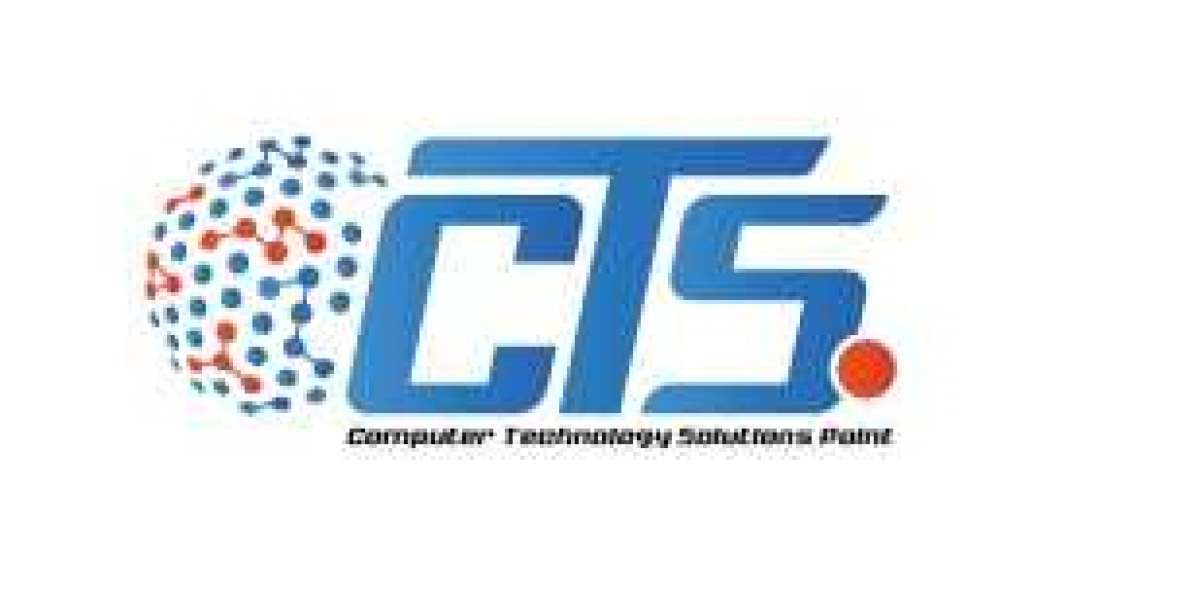Introduction
Laptop motherboards are the backbone of portable computers, housing essential components and serving as the primary circuit board that connects all the various parts of the laptop. Understanding the functions and importance of the motherboard can provide valuable insights into how laptops operate and how to troubleshoot common issues.
Components of a Laptop Motherboard
A laptop motherboard comprises several critical components, each playing a vital role in the overall functionality of the device. The central processing unit (CPU) is the brain of the computer, executing instructions and processing data. The chipset, often divided into northbridge and southbridge, manages data flow between the CPU, memory, and other peripherals.
Memory modules, or RAM, are attached to the motherboard, providing the space for temporary data storage that the CPU uses to run applications. Storage drives, whether solid-state drives (SSD) or hard disk drives (HDD), are connected to the motherboard, storing all the data and files. The graphics processing unit (GPU), integrated or dedicated, handles rendering images and videos.
Additionally, motherboards feature various slots and connectors for components like wireless cards, sound cards, and input/output ports, enabling connectivity and expansion.
Functions and Importance
The primary function of a Laptop motherboard is to facilitate communication between all the internal components. It acts as a hub, ensuring that data flows seamlessly between the CPU, memory, storage, and other peripherals. This coordination is crucial for the laptop’s performance, affecting everything from boot times to the ability to run complex applications.
Motherboards also play a critical role in power distribution. They regulate the power supply to various components, ensuring that each part receives the appropriate voltage. This regulation is vital for the stability and longevity of the laptop, preventing damage from power surges or overheating.
Common Issues and Troubleshooting
Like any complex electronic component, laptop motherboards can encounter issues. Common problems include boot failures, overheating, and connectivity issues. Boot failures can be caused by faulty components or corrupted firmware, while overheating is often due to inadequate cooling or dust accumulation. Connectivity issues may arise from damaged ports or failing wireless cards.
Troubleshooting motherboard issues can be challenging due to the complexity of the component. Basic steps include checking for physical damage, ensuring all connections are secure, and updating the BIOS firmware. In some cases, professional diagnostic tools may be required to identify and resolve deeper issues.
Upgrading and Replacement
Upgrading a laptop motherboard is not as common as upgrading desktops due to the integrated nature of laptop components. However, replacing a faulty motherboard can breathe new life into an aging device. When considering a replacement, it is crucial to ensure compatibility with the laptop’s other components, such as the CPU, RAM, and storage devices.
Conclusion
Laptop motherboards are intricate and essential components that significantly impact the performance and functionality of the device. Understanding their components, functions, and common issues can help users maintain their laptops and make informed decisions when upgrades or replacements are necessary. By appreciating the central role of the motherboard, users can ensure their laptops run efficiently and effectively for years to come.




